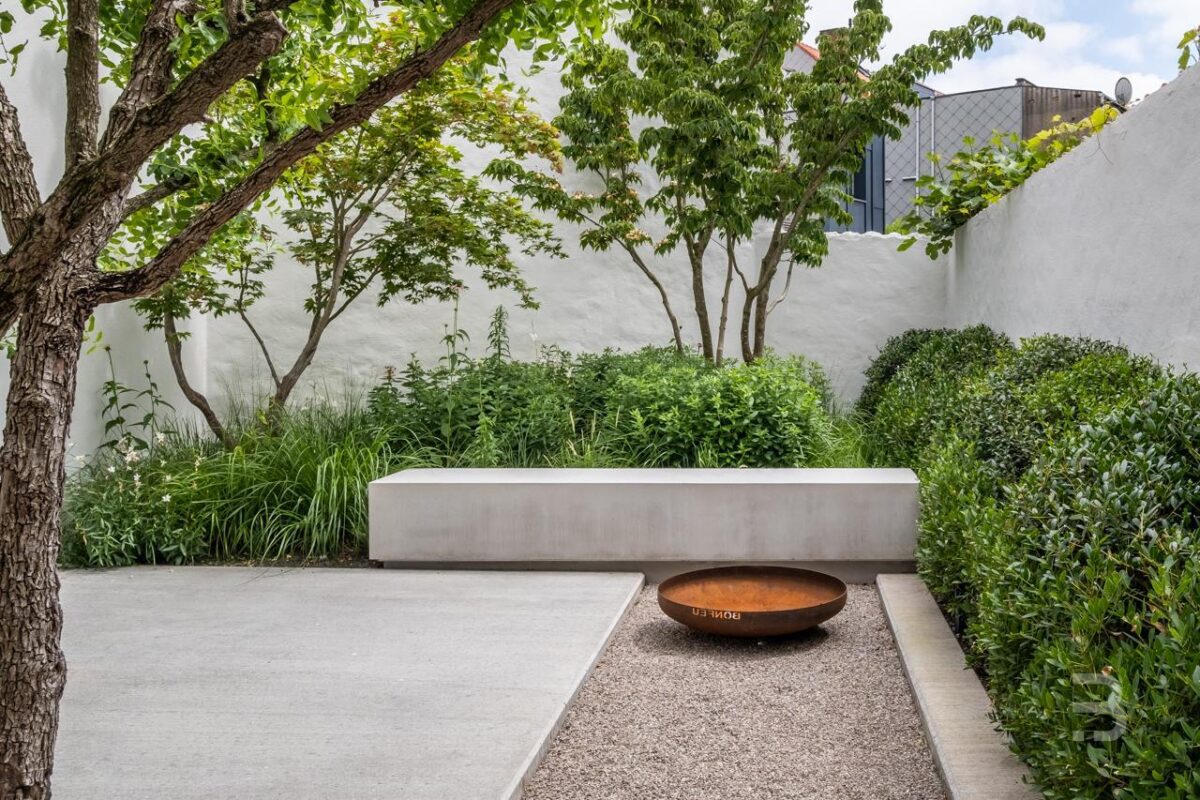Landscaping can convert your outdoor space into a stunning oasis, but the idea of upkeeping it often feels daunting. For active homeowners or those merely looking to enjoy their garden with less effort, low-maintenance landscaping offers an perfect solution. By picking the right plants, designs, and features, you can create a stunning landscape that requires minimal upkeep, letting you to dedicate more time relaxing and fewer time laboring in the yard.
In this article, we will discuss various facets of low-maintenance landscaping, from the advantages of hiring a trained service to DIY tips for establishing an easy-care garden. Whether you want to boost your property’s value or cultivate a lively outdoor space that invites pollinators, we’ll guide you through the basics of efficient landscaping. Get ready to uncover how simple choices can yield a lovely and pleasurable garden that complements your lifestyle without needing constant attention.
The Value of Quality Landscaping
Choosing to invest in expert landscaping can change your outdoor space, converting it into a beautiful and useful area. If you own a home or a business, the ideal landscaping might boost street appeal, draw customers, and create a welcoming atmosphere for guests. Professionals bring skill in design and vegetation selection, ensuring that your landscape is both beautiful and suitable for your area's climate and soil conditions.

Engaging a landscaping service furthermore conserves you time and effort. Maintaining a garden demands expertise and dedication, and many homeowners often lack the time to learn the ins and outs of landscaping. Expert landscapers have the experience to handle everything from lawn care and seasonal maintenance to the installation of complex designs. This allows you to relax in your outdoor space free from constant upkeep.
Furthermore, the monetary benefits of quality landscaping can be considerable. A carefully tended landscape might increase property value dramatically, occasionally by as much as 15 percent. This return on investment may prove to be especially appealing for homeowners and business owners alike, making expert landscaping more than a luxury but a smart financial decision as well. Through the proper service, you can ensure that your landscape not just meets your needs but also stands the test of time.
Low-Maintenance Landscaping Methods
Establishing a low-maintenance landscape commences with thoughtful planning and layout. Selecting indigenous plants can greatly reduce the amount of resources and required for upkeep. Native plants are adapted to the local climate, soil, and pests, indicating they generally require less irrigation, feeding, and herbicides. Using perennials rather than annuals also is advantageous, as perennials come back year after year without needing to replant, ensuring ongoing beauty with little effort.
Another effective strategy is adding hardscaping components. Elements such as patios, paths, and garden edging made from granite, masonry, or wood can dramatically reduce lawn area and the need for extensive plant care. Hardscaping not only provides practical outdoor living zones but also creates a aesthetic environment that requires less upkeep. Additionally, utilizing mulch around plants can help hold moisture in the soil, control weeds, and minimize the need for frequent landscaping tasks.
In conclusion, consider planning a garden that concentrates on drought-resistant and low-water plants. Drought-resistant landscaping techniques involve choosing plants that do well in arid environments, thus minimizing the necessity of irrigation. By organizing plants with the same water needs cohesively and including efficient watering systems like efflux irrigation, maintaining a thriving garden is much easier. These approaches make gardening satisfying without overwhelming workloads, allowing homeowners to cherish their yards with less effort.
Eco-friendly Gardening Practices
Sustainable landscaping focuses on creating a harmony between aesthetic appeal and environmental stewardship. One key method is choosing native plants that thrive in your area without the necessity for excessive watering, nutrients, or pesticides. Indigenous plants are adapted to the local climate and ground conditions, rendering them more tough and less maintenance-intensive. Incorporating these plants into your landscape not only supports local habitats but also lowers water usage consumption, thus encouraging a more vibrant environment.
Another essential aspect of eco-friendly gardening is implementing water-saving practices, such as dry landscaping, which emphasizes drought-resistant plants and efficient irrigation methods. By creating a garden that requires little water, property owners can lower their water bills and save precious resources. Drip watering systems, rain barrels, and organic cover applications are effective solutions to collect and utilize rainwater, maintaining your garden hydrated while reducing waste.
Ultimately, prioritizing sustainable materials and techniques in landscape design can help diminish your environmental impact. Choosing porous materials for decks and paths allows rainwater to filter into the ground, lessening runoff and avoiding soil erosion. Additionally, the employment of repurposed wood or upcycled materials for elements like barriers or garden beds enhances the sustainability of your design. By incorporating backyard renovations , you can create a beautiful garden that enhances your outdoor space and promotes a healthier planet.
